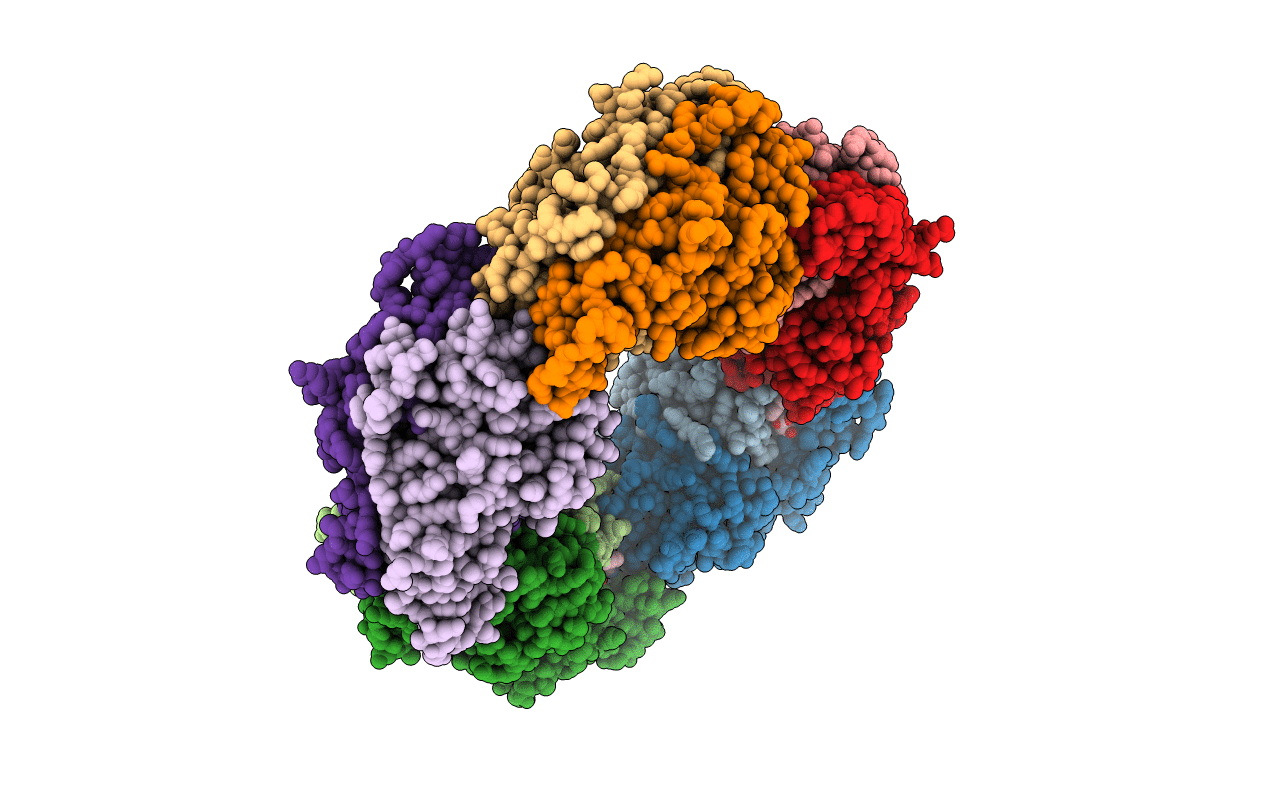
Deposition Date
2020-05-29
Release Date
2020-12-30
Last Version Date
2023-11-29
Entry Detail
PDB ID:
7C8A
Keywords:
Title:
Peroxiredoxin from Aeropyrum pernix K1 (ApPrx) C50S/F80C/C207S/C213S mutant modified with 2-(bromoacetyl)naphthalene(Naph@ApPrx*)
Biological Source:
Source Organism:
Aeropyrum pernix K1 (Taxon ID: 272557)
Host Organism:
Method Details:
Experimental Method:
Resolution:
2.10 Å
R-Value Free:
0.21
R-Value Work:
0.16
Space Group:
P 1


